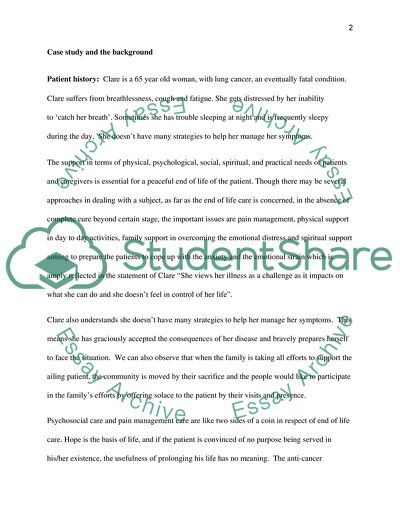Cite this document
(“Lung Cancer Community Health Care Service Essay”, n.d.)
Lung Cancer Community Health Care Service Essay. Retrieved from https://studentshare.org/health-sciences-medicine/1570186-case-study
Lung Cancer Community Health Care Service Essay. Retrieved from https://studentshare.org/health-sciences-medicine/1570186-case-study
(Lung Cancer Community Health Care Service Essay)
Lung Cancer Community Health Care Service Essay. https://studentshare.org/health-sciences-medicine/1570186-case-study.
Lung Cancer Community Health Care Service Essay. https://studentshare.org/health-sciences-medicine/1570186-case-study.
“Lung Cancer Community Health Care Service Essay”, n.d. https://studentshare.org/health-sciences-medicine/1570186-case-study.


